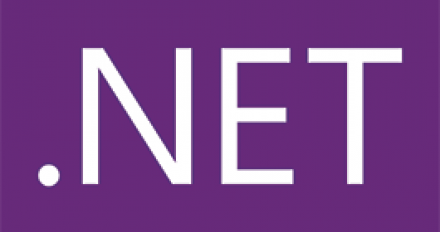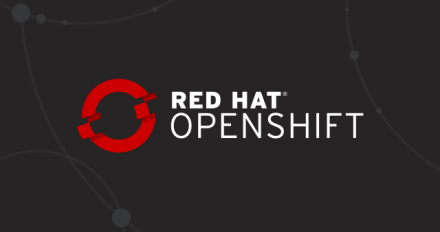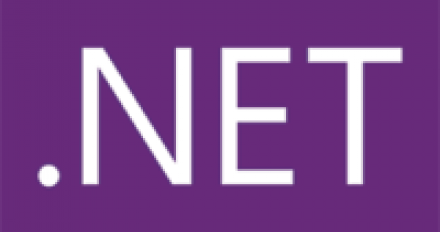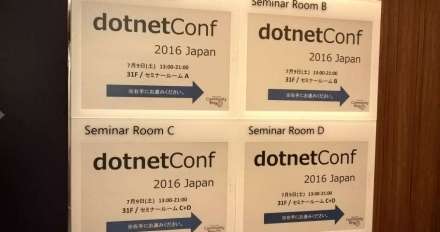
C# 8 nullable reference types
Explore how C# 8 lets us express whether a variable shouldn’t be null, and when it can be null.

Explore how C# 8 lets us express whether a variable shouldn’t be null, and when it can be null.

Explore how C# 8 allows developers to extend an interface and provide a default implementation, then check out the rest of this C# 8 series.

We explore C# 8's extended pattern matching support and compare it to pattern matching in C# 7.

Explore the new C# 8 asynchronous streams feature in this first article in our series covering the new features available in C# 8.

.NET Platform Invoke (PInvoke) makes it easy to consume native libraries. This article describes how to use PInvoke for Linux system functions.

This article shows how the ASP.NET Core 2.2 Health Checks API works with OpenShift by implementing two health checks: one for the Kubernetes liveness probe and one for the Kubernetes readiness probes. Since OpenShift includes Kubernetes, the example also works well with Kubernetes.


.Use .NET APIs to portably locate special folders (app and user data/confgiuration) in your cross-platform applications. The Linux behaviour of these APIs are demonstrated.

In this article, I show how you can call the Red Hat OpenShift REST API from your C# code, which is useful for automating tasks. Visual Studio is used to take the REST API definition and create a library you can use in your code. Also shown is how to handle the conversion needed for the JSONpath components.













